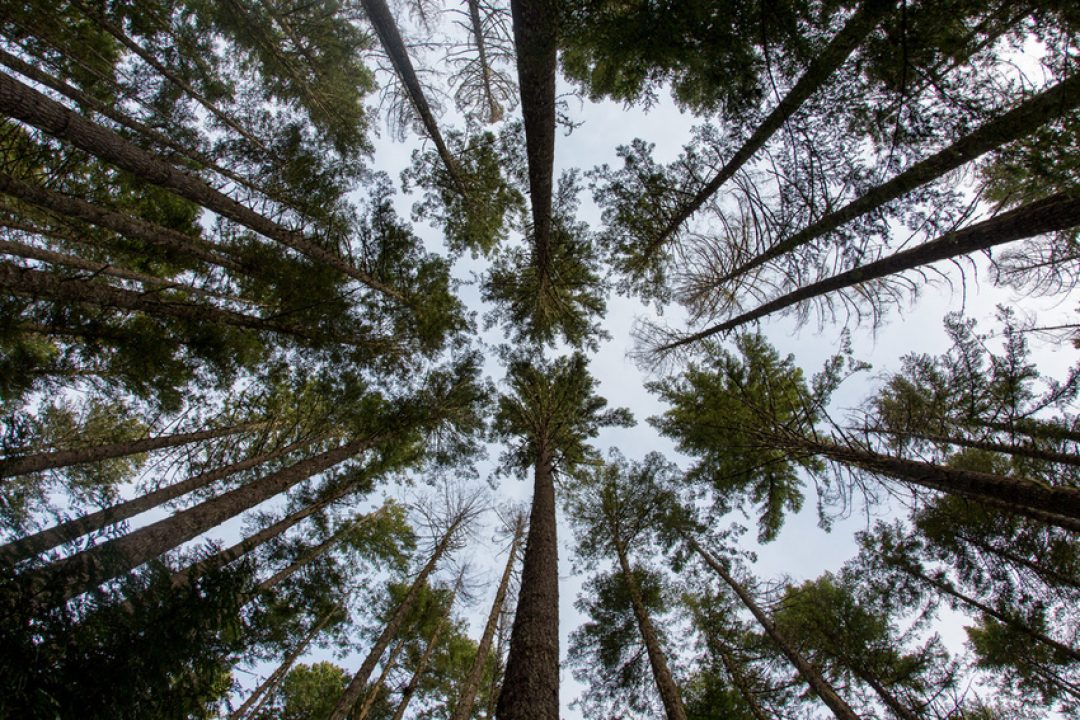
Dynamic Range and Latitude Are Two Different Things | Bill Wadman
I’ve been meaning to write this one for a while. In fact it’s been sitting as an empty draft for months, so it’s about time we get on with it. One of my pet peeves is people who act like they know everything when they don’t know what the hell they’re talking about. A few years ago I wrote one of my favorite blog posts ever called Image Properties (Or how most people talk out of their ass), to tackle one of the common areas of confusion. Today, in an attempt to help out some more of you we’re going to talk about the difference between ‚dynamic range‘ and ‚latitude‘. Two terms that many people use interchangeably which are actually two different things. An image of trees in Olympic National Park which requires a lot of dynamic range. Dynamic Range is a measurement of the size of the range of tones that a camera can record from completely black to completely white. In simple terms, the greater the dynamic range, the more detail you can see the shadows and highlights of a picture. In the old days, different film stocks had different dynamic range properties, especially from type to type. As a rule of thumb traditional black & white film has the most, then color negative film, and finally color slide film the least at about 7 stops. Now most of us use a digital sensor in the place of the film and so it’s this sensor that now has the properties of dynamic range. So if you want better dynamic range, you’ve got to buy a new camera. The good news is that today’s cameras are really pretty great in this regard, most within the 12-13 stop range which is as good as all but the best film with the best scanners…………
Source: www.billwadman.com
